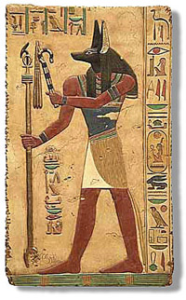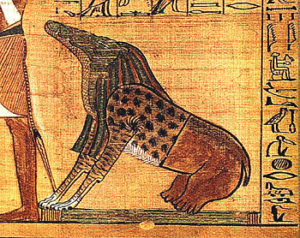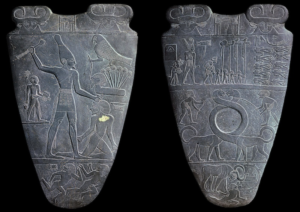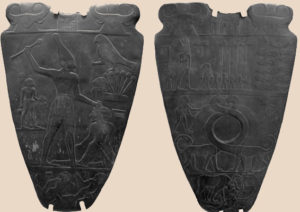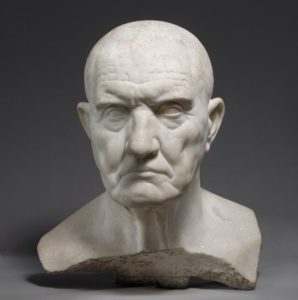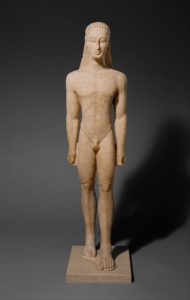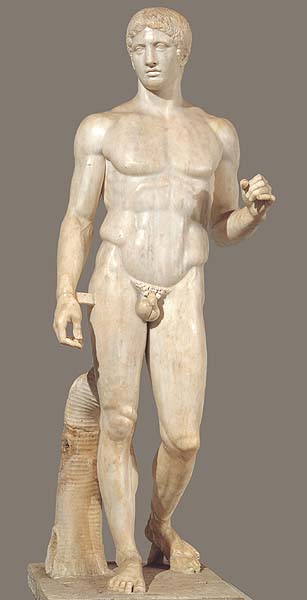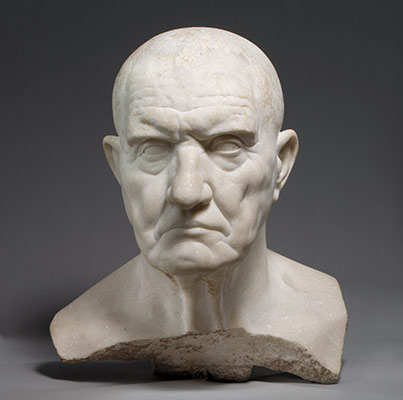In unit 2 of this semester, we learned about art in ancient civilizations such as Mesopotamia, Greece, Egypt, & Rome. Each of these places depicted either gods as the central figure or humans (human body). Specifically, Greek & Roman art had an emphasis on humans, whereas, the focal point of Ancient Egyptian & Mesopotamian art were gods & goddesses. One main commonality between all these is that each of the art pieces gives us an idea of what the civilizations were like during that era. It lets us know what was important and honored in that time. There was gradual change toward humanism. There was more detail of human characteristics were placed on the sculptures. Typically, these sculptures were sculptures of nude men to shed light on the beauty of the human body. An emphasis is put on the human body by the different poses and facial expressions seen on the sculptures.
Ancient Greek art had a major influence on Roman art. For example, the art piece known as Doryphoros (spear bearer) is a copy by the Romans of the original made by a Greek sculptor, Polykleitos. This art piece, as seen in the image below, portrays a nude man standing in a cocky pose with his arm raised and one foot in the back. His body is built, muscular with broad shoulders and a six pack. The Romans made small changes and added touches of humor to the original Greek art pieces, where they had a more of a somber element in their artwork.
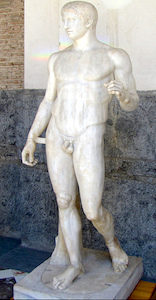
In the Republican period of Rome, art was depicted by showing the facial expressions that convey emotion and personality of the patrons and their service. This is unlike in the first art piece where the man didn’t have much of a facial expression because the human body was the central focus of the sculpture. This art piece, which is from the mid 1st century that shows a marble bust of a man with a wrinkly forehead, bald head, large nose, an angry looking face with his eyebrows facing down, depicted in the image below. This art piece demonstrated the hard work put into the republic as service or as a leader of the community.

As mentioned earlier, the main focus in Ancient Egyptian & Mesopotamian art were the gods. In Ancient Egyptian art, the gods weren’t even depicted as humans, but animals. Well, not only animals, such as in Anubis. In Anubis (image on the right), as seen in the image below, the art piece shows a human body with an animal head, specifically a jackal. In the artwork showing the Ammit, which means “devourer of the dead” (image on the left), the body was consists of 3 animals, which include a lion, hippopotamus, and crocodile. These three animals were known in Ancient Egypt as “man-eating” animals. These artworks were meant to honor and respect the gods. These two artworks show that the gods were important and superior to humans during that time. They were depicted in a special way with animalistic features to represent dominance. In the art pieces that represented humanism, humans were important over supernatural and divine.
